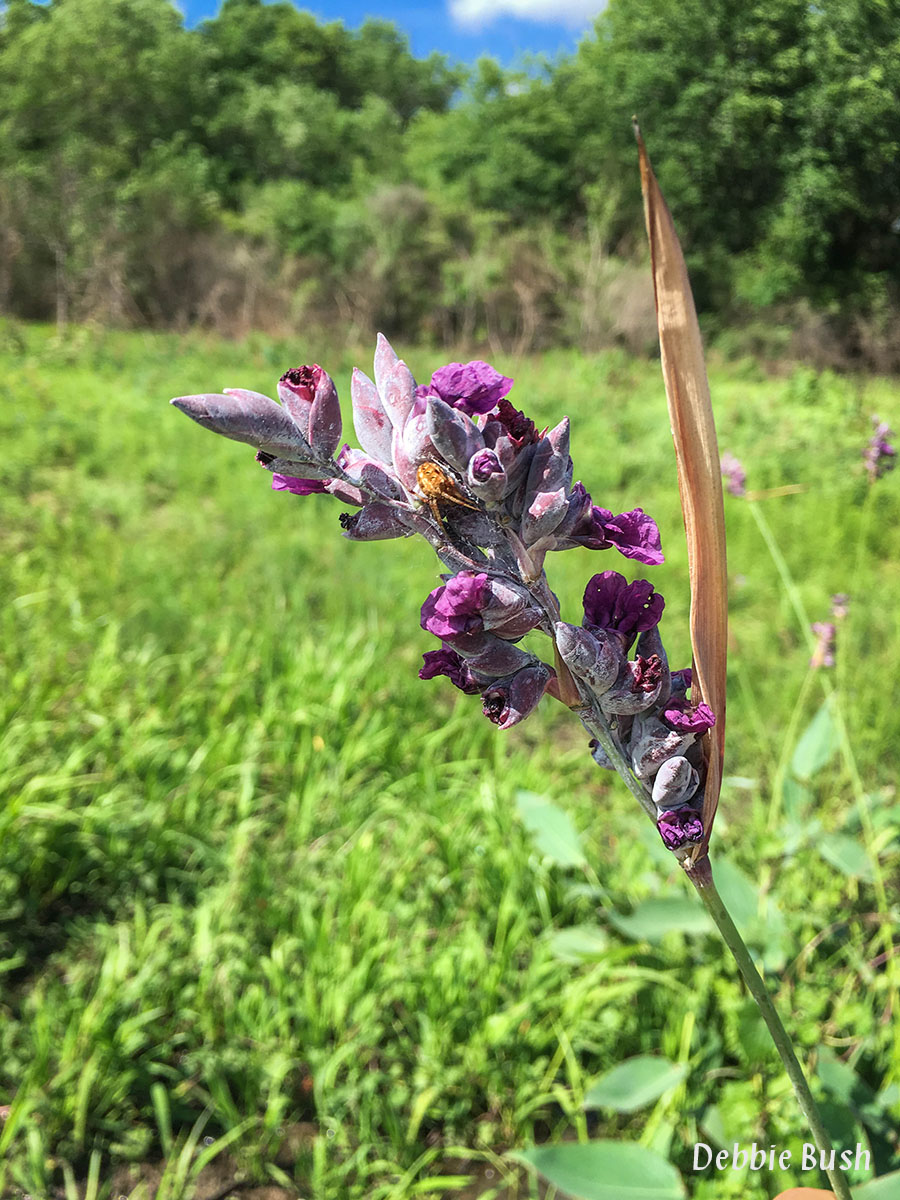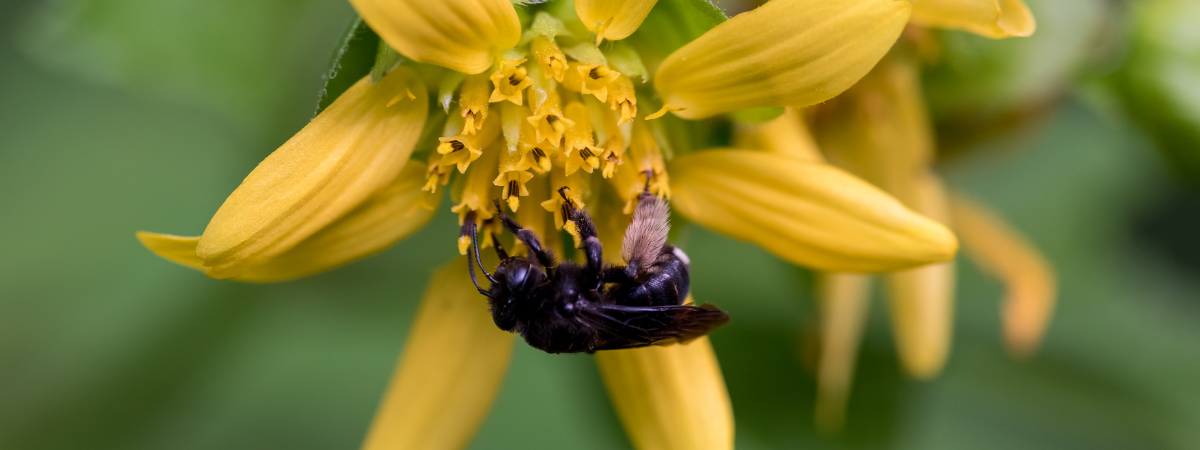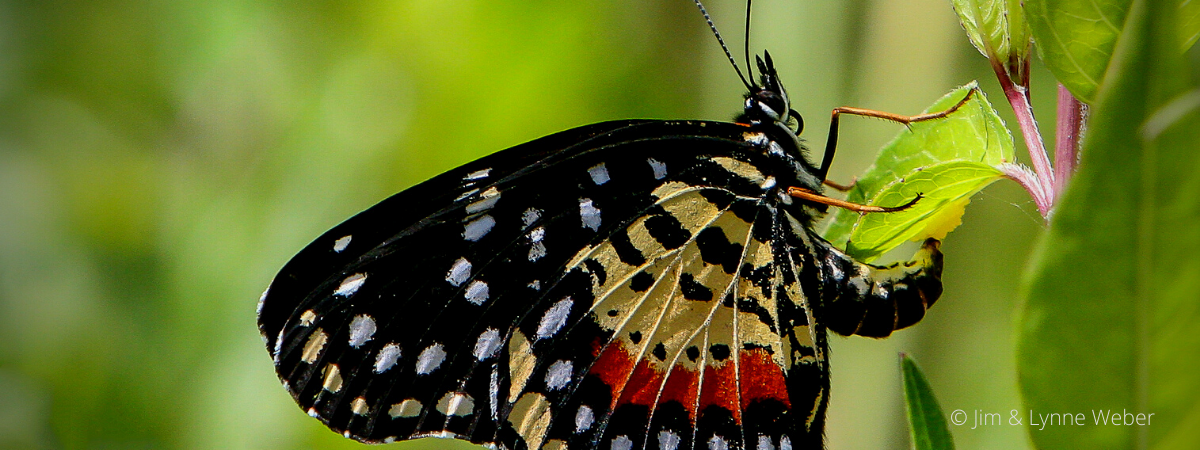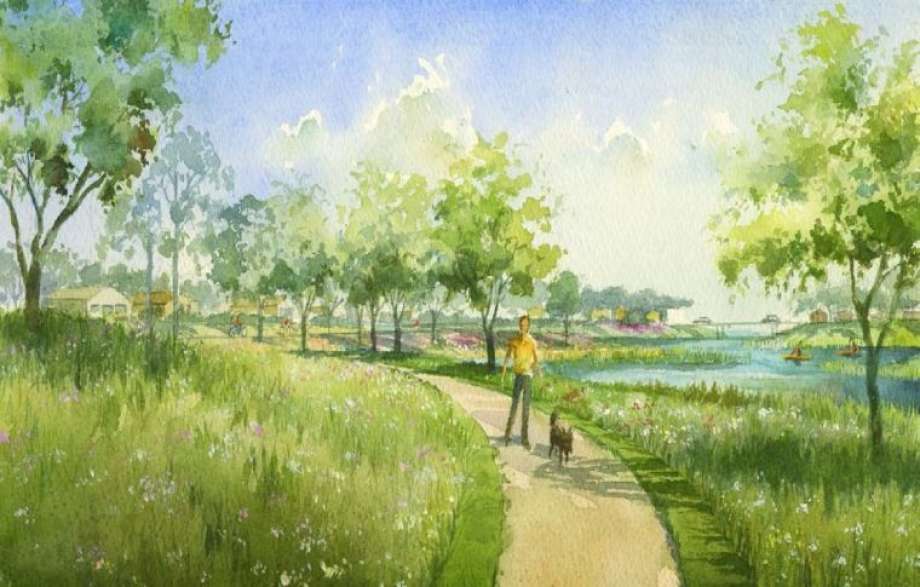
by Mary Horn
June 12, 2017
During our June meeting, we had the pleasure of hearing from Mary Carol Edwards. She is the Stormwater Wetland Program Specialist for the Texas Coastal Watershed Program, which is a part of Texas Sea Grant and Texas A&M AgriLife Extension Services. Edwards showcased Exploration Green, a project that utilizes wetland plants in the Clear Lake area to manage stormwater in a detention facility.
Exploration Green is a 200-acre park that was once an old golf course located in the Clear Creek watershed. The park is designed as a stormwater transition area, where groundwater is recharged using native wetland plants. These plants are well-adapted to life in saturated soil conditions and provide an essential water treatment service that helps mitigate the harmful effects of pollutants. Additionally, they offer a native habitat for wildlife, with 50% of birds requiring wetlands for their survival.
The human inhabitants of the Gulf Coastal Plains have a significant stake in the wetlands’ preservation. This region receives the most rainfall among the four regions but is still vulnerable to drought. The plants used at Exploration Green are highly adaptable to both dry and wet weather conditions, making them ideal for the region. A stormwater wetland is designed to handle up to two inches of rain.
Edwards shared the lessons learned through the development phase. She mentioned that there were some happy accidents of plant colonization, surprise volunteer species, and the diversity of plants—including invasives. The project includes five areas or phases, one of which is the Wetland Plant Nursery. The nursery sources its plants from field collecting on right-of-ways, seed collection, or donations from schools and arboretums.
The wetlands at Exploration Green feature “plant shelves” supporting vegetation at different depths. Edwards presented several slides showcasing the variety of plants found in the park.
Deep-water plants include water lilies (Nymphaea sp.), which grow new plants from their spreading roots (rhizomes), Banana Lilies, and Spatterdock (Nuphar). These plants support a variety of herbivores, including the invasive Apple Snail and Blue Tilapia.



Emergent plants can thrive even in just two inches of water. These plants include the Squarestem Spikerush, Maidencane (a perennial grass), the Juncus family (Common Rush, Manyhead Rush, Slimpod Rush), the Irises (Dixie Iris, Louisiana Iris or Southern Blue Flag), Pickerelweed (Pontederia), Lizard’s Tail (Suarurus cernuus), Buttonbush ( Cephalanthus occidentalis ), Arrowhead (Sagitarria) (Bulltongue, Longbarb Arrowhead, Delta Duck Potato), Burhead (Echinodorus) (including Creeping Burhead), and Thalia (Powdery Alligator Flag and Bent Flag).
The submerged portions of aquatic plants provide a natural habitat for a variety of invertebrates. These invertebrates serve as a source of food for many fish and other wildlife species. The leaves and rhizomes of these plants are consumed by many animals, while the seeds are primarily eaten by birds.
Upland plants include the Cordgrass (Spartina) which are salt-tolerant perennial grasses. Species in this group include Gulf Cordgrass, Oyster Grass or Smooth Cordgrass, and Blue Waterleaf (Hydrolaea) (watch out for its spines).
“Cool Stuff that Volunteered” includes Indianola Beaksedge, Coastal Water Hyssop, Common Sunflower, Whitetop Sedge, and Buttonweed. Sedges identified include the Royal Sedge, Deep-rooted Sedge (invasive), Green Flatsedge (native), and Pond Flatsedge (native).
Some of the “Not Cool Stuff” were Barnyard Grass or Wild Millet (Echinochloa spp.), Chinese Tallow, and the Chaste Tree.
As you may remember from our monthly meetings or website, Exploration Green is one of the locations that relies on our volunteer hours. Additional tree and wetland planting events will take place throughout the year.
Related Posts

Chapter Meeting: Houston, we have a solution!
Mark de Kiewiet shares his practical research on how we can mitigate the declining bee and pollinator populations, considering both managed and native bees.

Chapter Meeting: Native Host Plants for Butterflies and Moths
This talk will leave you with the knowledge and resources needed to encourage and appreciate a wider diversity of caterpillars, butterflies, and moths in a Texas native plant garden.

Wetland Plants at Work: Exploration Green
Mary Carol Edwards, stormwater wetland program specialist for the Texas Coastal Watershed Program covered the progress at Exploration Green in Clear Lake.

